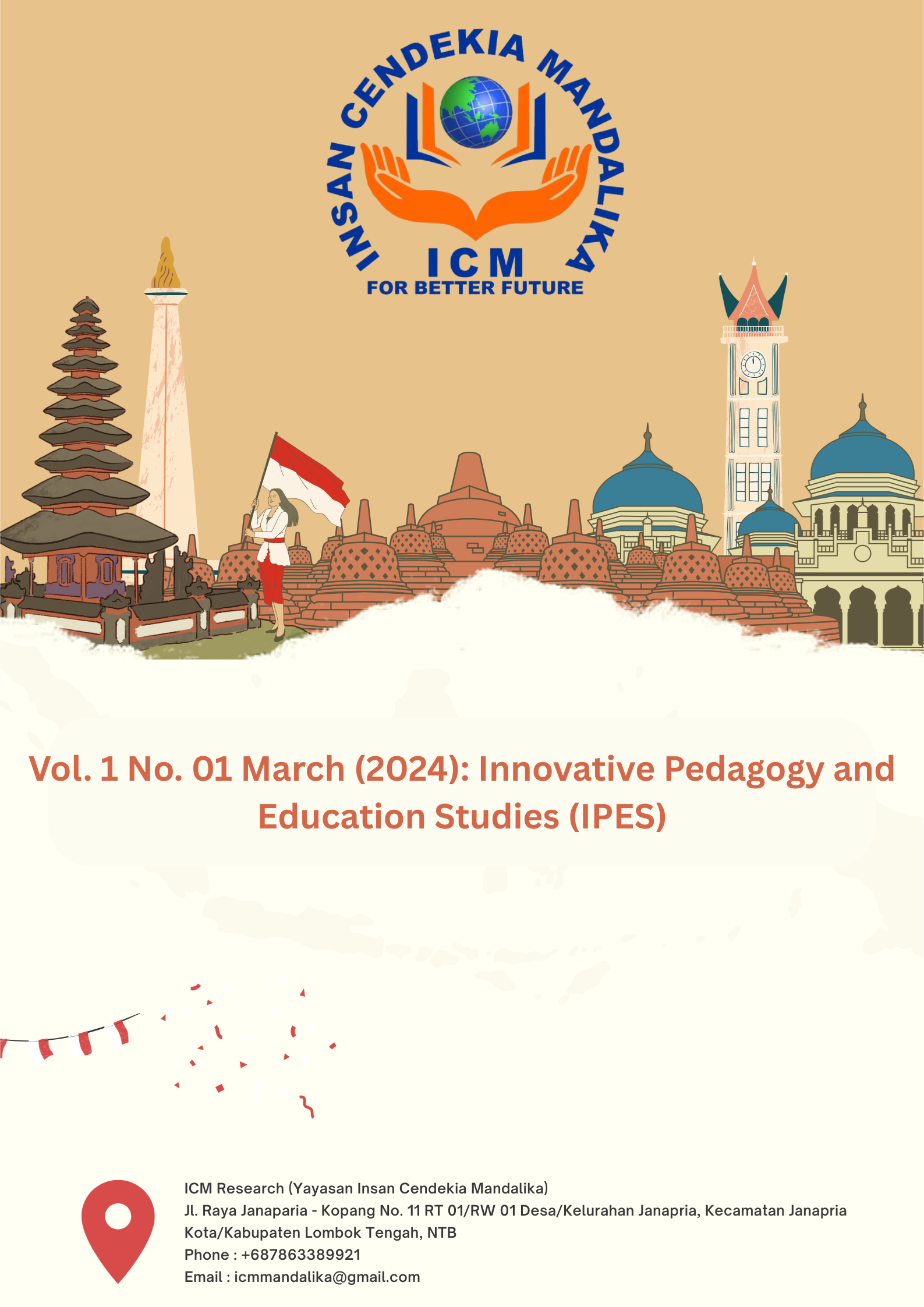INTEGRATING DEEP LEARNING THEORIES IN MODERN ENGLISH LANGUAGE TEACHING.
Keywords:
Deep Learning, Modern English Language Teaching, Meaningful Pedagogy, Artificial Intelligence in EducationAbstract
This study explores the integration of deep learning principles and meaningful pedagogy in language acquisition within higher education, emphasizing their potential to transform traditional approaches to language learning. Deep learning leverages advanced technologies, including Artificial Intelligence (AI) and Natural Language Processing (NLP), to provide personalized instruction, real-time feedback, and multimodal learning experiences. These innovations cater to diverse learning styles and enhance student engagement, fostering adaptive and effective learning processes. Simultaneously, meaningful pedagogy emphasizes contextual relevance, problem-based learning, and reflective practices, ensuring that language education remains practical, relevant, and deeply connected to real-life scenarios. By combining these approaches, this study highlights a dynamic synergy where technological tools complement human- centered teaching methodologies. Examples such as project-based learning, flipped classroom models, and language exchanges illustrate the practical application of these principles, promoting linguistic competence alongside critical thinking, collaboration, and cultural understanding. The findings underscore the importance of balancing technological innovation with meaningful human interaction to create transformative language learning experiences. This framework offers valuable insights for educators, curriculum developers, and policymakers seeking to enhance language education, equipping learners with the skills and confidence to thrive in global and multicultural contexts
References
Adnan, N. I., Morat, B. N., Bakar, R. A., Tazijan, F. N., . I., & . S. (2024). TikTok as a Coping
Strategy in Learning English during the COVID-19 Pandemic: Exploring the Acceptance
and Usage among Malaysian Undergraduates. International Journal of English Language
Education, 12(1), 110–110. https://doi.org/10.5296/ijele.v12i1.21776
Akbar, A. S., & Hartati, E. (2020). ANALYZING THE INTROJECTED REGULATION
TOWARDS STUDENTS’ LEARNING ACHIEVEMENT IN ENGLISH
LANGUAGE EDUCATION STUDY PROGRAM. The Journal of English Literacy
Education: The Teaching and Learning of English as a Foreign Language, 7(2), 64–73.
https://doi.org/10.36706/jele.v7i2.12669
Angelia, T. J., & Wadison, E. (2023). A STUDY OF STUDENTS LEARNING MODALITIES
AT ENGLISH EDUCATION PROGRAM AT MUHAMMADIYAH UNIVERSITY
OF BENGKULU. Teaching English and Language Learning English Journal, 3(1), 20–26.
https://doi.org/10.36085/telle.v3i1.5572
Anh, V. T., & Tuyen, L. V. (2023). Strategies Used in Learner Autonomy Development in English
as a Foreign Language Learning among 9th Grade Students. International Journal of
English Literature and Social Sciences, 8(2), 299–303.
https://doi.org/10.22161/ijels.82.43
Apichat, B., & Fatimah, N. (2022). Students’ difficulties in learning English speaking: A case study
in a Muslim high school in the South of Thailand. Teaching English as a Foreign Language
Journal, 1(1), 13–22. https://doi.org/10.12928/tefl.v1i1.162
Mahmuda, T. I. (2024). Students� Anxiety in Learning Speaking. English LAnguage Study and
TEaching, 4(2), 63–67. https://doi.org/10.32672/elaste.v4i2.7339
Mustafa, M., Pamessangi, A. A., & Putri, A. (2023). Tathwir al-mada al-ta’limiyah al-qa’imah “ala
TikTok tahta al-mawdu” al-marafi’ al-’ammah fi al-madrasah fi ta’lim al-lughah al-’arabiyah
litalabat al-saff al-’ashir bil-madrasah al-’aliyah al-hukumiyah Palopo. AL IBRAH: Journal
of Arabic Language Education, 6(2), 37–46. https://doi.org/10.24256/jale.v6i2.1240
Nabilah, A., M.P, D. L., Lazuwardiyyah, F., Syaifuddin, S., & Abdi, W. M. (2021). Students’
perception toward the use of tiktok video in learning writing descriptive text at MAN 1
Gresik. Journal of Research on English and Language Learning (J-REaLL), 2(1), 164–164.
https://doi.org/10.33474/j-reall.v2i1.9017
Nguyen, H. (2022). Attitudes of Elementary Students toward Teaching and Learning English
Vocabulary through Total Physical Response: A Case Study of Nguyen Khuyen Primary
School. Journal of English Language Teaching and Applied Linguistics, 4(3), 46–55.
https://doi.org/10.32996/jeltal.2022.4.3.5
qualitative, and mixed approaches (5th ed.). California: SAGE Publications, Inc. Kaur, S. (2013).
Variables in Research Designs. International Journal of Research in Medical Science, 3(4),
36–38.
Kothari, C. R. (2004). Research Methodology Methods and Techniques (2nd ed.).
New Age International (P) Ltd., Publishers.
Kumar, R. (2011). Research Methodology: A Step-by-Step Guide for Beginners (3rd ed.).
California: SAGE Publications, Inc.
01-08 IPES (Innovative Pedagogy and Education Studies), Vol 1 Issue 1 2024
Kuśnierek, A. (2016). The role of music and songs in teaching English vocabularyto students.
WSN World Scientific News, 43(431), 1–55. Retrieved from
www.worldscientificnews.com
Mcmillan, J. H. (1996). Educational Research: Fundamentals for the Consumer (2nd ed.). New
York: Harper Collins.
Pandis, N. (2016). Correlation and linear regression. American Journal of Orthodontics and
Dentofacial Orthopedics, 149(2), 298–299. https://doi.org/10.1016/j.ajodo.2015.11.010









